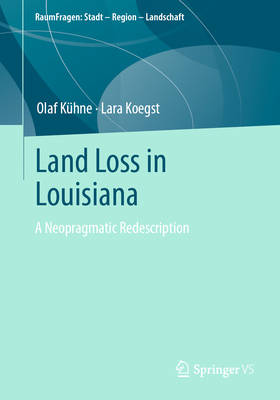
- Afhalen na 1 uur in een winkel met voorraad
- Gratis thuislevering in België vanaf € 30
- Ruim aanbod met 7 miljoen producten
- Afhalen na 1 uur in een winkel met voorraad
- Gratis thuislevering in België vanaf € 30
- Ruim aanbod met 7 miljoen producten
Zoeken
Omschrijving
This book is oriented on testing and developing the neopragmatic approach of horizontal geographies, in which we follow approaches of natural sciences, social sciences, and cultural studies. Regional focus is thereby put on a rapidly changing elemental space and its social representations, characterized by unstable and not well-defined hybridities: coastal Louisiana. This region is highly dynamic: the Mississippi River in particular, with its extensive sediments, has shifted the coastal fringe of present-day Louisiana into the Gulf of Mexico. This land gain is contrasted by natural processes, but also by processes resultant of human intervention which cause marine encroachment. A complex interplay of different aspects is directly and indirectly leading to coastal land loss which makes the question of how to describe emerging hybrid spaces virulent and highlights the limits of a positivist understanding of boundaries that is also physically geographical. In the neopragmatic tradition, positivist research findings will be framed in social constructivist terms and supplemented by phenomenological approaches to Louisiana's coastal space, thus suggesting the need for and potentials of horizontal geographic integration of different theoretical and methodological approaches as well as researcher perspectives and data bases.
Specificaties
Betrokkenen
- Auteur(s):
- Uitgeverij:
Inhoud
- Aantal bladzijden:
- 107
- Taal:
- Engels
- Reeks:
Eigenschappen
- Productcode (EAN):
- 9783658398880
- Verschijningsdatum:
- 7/03/2023
- Uitvoering:
- Paperback
- Formaat:
- Trade paperback (VS)
- Afmetingen:
- 170 mm x 244 mm
- Gewicht:
- 195 g

Alleen bij Standaard Boekhandel
+ 305 punten op je klantenkaart van Standaard Boekhandel
Beoordelingen
We publiceren alleen reviews die voldoen aan de voorwaarden voor reviews. Bekijk onze voorwaarden voor reviews.








